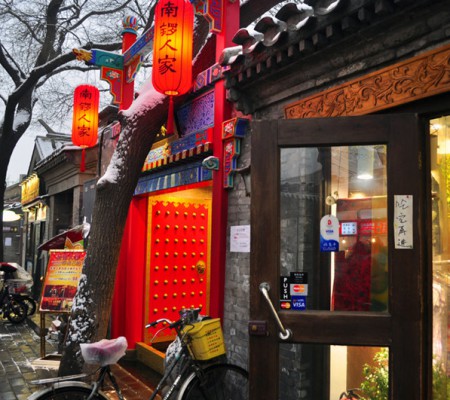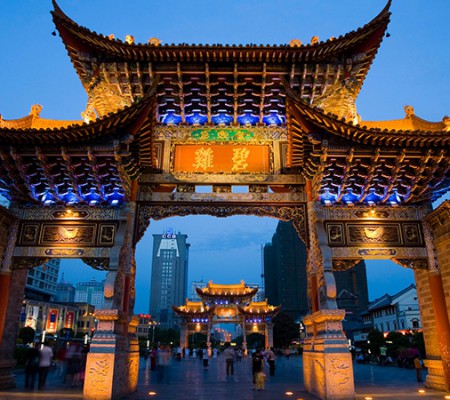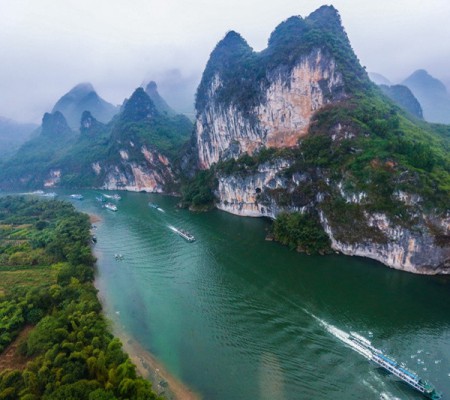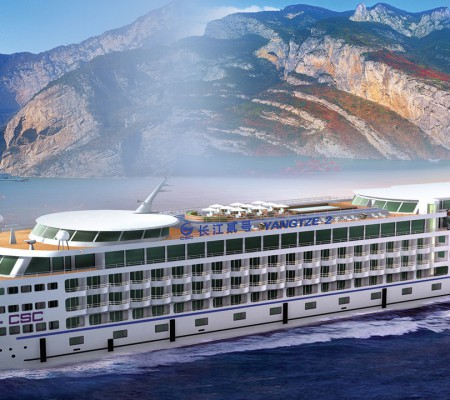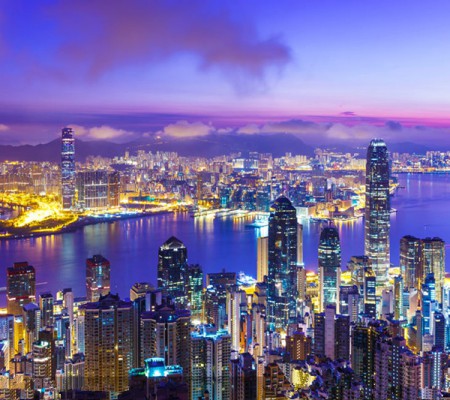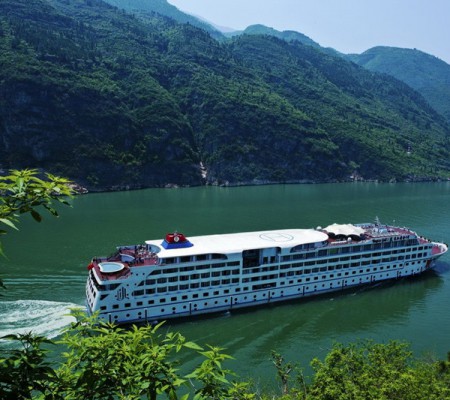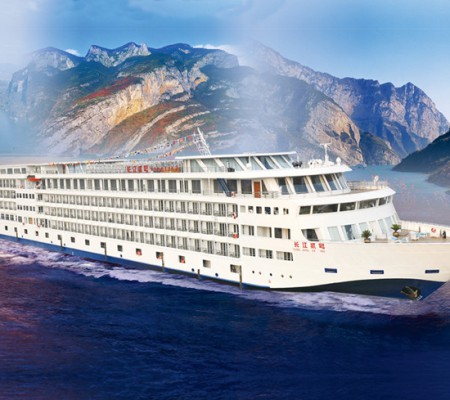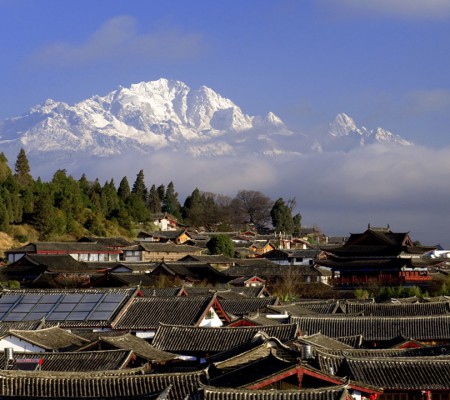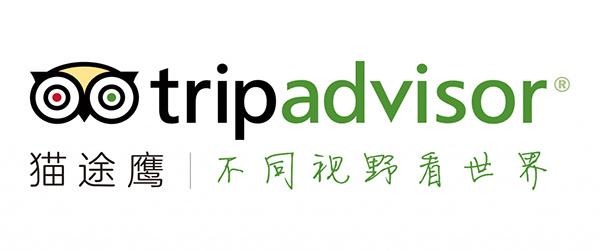
Pyongyang
Pyongyang Overview
Chinese Name: English IPA: Location: Population (city): Language: Zip code: Tel code: Time zone:
Traveling from Pyongyang (North Korea) to China offers a unique experience, as it involves navigating through restricted travel regulations and understanding the transportation routes between these two countries. This guide provides you with essential details about the best time to visit, top cities in China to explore, travel tips, visa information, and how to travel from Pyongyang to China.
Best Time to Visit China from Pyongyang
The best time to visit China generally depends on the region you plan to visit. However, overall, spring (March to May) and autumn (September to November) are the most favorable seasons to travel due to moderate temperatures and fewer tourists. Here’s a breakdown of when to visit specific regions in China:
- Beijing, Xi’an, and Northern China: Spring and autumn are the best times, as winters can be cold and harsh, while summers can be hot and crowded.
- Southern China (Shanghai, Hangzhou, Suzhou): Spring and autumn provide pleasant weather.
- Tibet: The summer months (May to October) are best, as the weather is mild for trekking and exploring.
- Yunnan: Mild all year round, but spring and autumn offer the best climate for travel.
Top Cities to Visit in China
Here are the top cities in China that you can explore on your trip, each offering unique cultural, historical, and scenic experiences:
Beijing
- Must-see attractions: Great Wall of China, Forbidden City, Tiananmen Square, Summer Palace, Temple of Heaven.
Xi’an
- Must-see attractions: Terracotta Army, Ancient City Wall, Big Wild Goose Pagoda, Muslim Quarter.
Shanghai
- Must-see attractions: The Bund, Yu Garden, Shanghai Tower, Nanjing Road, Pudong.
Hangzhou
- Must-see attractions: West Lake, Lingyin Temple, Tea Plantations, Leifeng Pagoda.
Suzhou
- Must-see attractions: Classical Gardens, Grand Canal, Silk Museum, Tongli Water Town.
Chengdu
- Must-see attractions: Giant Panda Breeding Center, Sichuan Hotpot, Jinli Street, Wuhou Shrine.
Chongqing
- Must-see attractions: Yangtze River Cruise, Three Gorges, Chongqing Hotpot, Dazu Rock Carvings.
Guilin
- Must-see attractions: Li River Cruise, Reed Flute Cave, Elephant Trunk Hill, Longji Rice Terraces.
Guangzhou
- Must-see attractions: Canton Tower, Chimelong Paradise, Cantonese Cuisine, Baiyun Mountain.
Shenzhen
- Must-see attractions: Window of the World, Shenzhen Safari Park, Shenzhen Museum.
Macau
- Must-see attractions: Ruins of St. Paul, Macau Tower, Portuguese Colonial Architecture, Casinos.
Hong Kong
- Must-see attractions: Victoria Peak, Hong Kong Disneyland, Ocean Park, Tsim Sha Tsui.
Tibet
- Must-see attractions: Potala Palace, Mount Everest, Lhasa, Tibetan Monasteries.
Yunnan
- Must-see attractions: Shangri-La, Dali, Lijiang, Tiger Leaping Gorge, Pudacuo National Park.
How to Travel from Pyongyang to the Main Cities of China
Traveling from Pyongyang to China can be complex due to the strict travel regulations in North Korea. Here’s an overview of the options for traveling from Pyongyang to the main cities in China:
Visa Requirements for North Korean Citizens
- Tourist Visas: North Korean citizens require a Chinese visa to enter China. This visa is generally obtained through the Korean International Travel Company (KITC), which helps with processing visas for citizens of North Korea. Foreign citizens working or residing in North Korea must obtain a tourist visa from the Chinese Embassy.
- Special Travel Arrangements: North Korean citizens typically travel as part of official groups or tours, and their travel arrangements are closely monitored and managed by government-approved agencies.
Transportation from Pyongyang to China
There are a few primary ways to travel from Pyongyang to China, although options are limited:
-
By Train:
- Pyongyang to Beijing: The most common method of traveling to China is by train. North Korean trains run from Pyongyang to Dandong, a city on the border with China, and then continue to Beijing. The train journey typically takes about 24-30 hours.
- Pyongyang to Shenyang: Another route is by train from Pyongyang to Shenyang. From Shenyang, you can continue to other major Chinese cities by domestic train or flight.
-
By Air:
- Air Koryo, North Korea’s national airline, operates direct flights from Pyongyang to Beijing. These flights are limited, and seats must be booked in advance. For international travelers from Pyongyang, flights may also go through Vladivostok, Russia, to reach Beijing.
- Other airlines are not typically available for direct international travel from Pyongyang.
-
By Road:
- Travel by road is possible, although not commonly used for international travel. If traveling by road, you would need to cross into China at the Dandong border and continue by train, bus, or taxi to your final destination.
Border Crossing at Dandong
- The Dandong border crossing is the main entry point from North Korea to China. Dandong is located on the Yalu River and serves as a gateway for both rail and road travelers. Once you arrive in Dandong, you can continue by train to Beijing, Shanghai, Shenyang, or other cities.
In China: Domestic Travel Options
Once in China, you have several options for getting around:
- Trains: China’s high-speed rail system is one of the best in the world, connecting major cities like Beijing, Shanghai, Xi’an, Chengdu, and Guangzhou.
- Flights: China has a vast network of domestic flights that can get you from one major city to another quickly.
- Public Transport: Most cities in China have efficient public transport systems, including subways, buses, and taxis.
China Visa for North Korean Citizens
As previously mentioned, North Korean citizens must apply for a Chinese visa through official channels. This process involves several steps:
- Tourism Agency Involvement: North Korean tourists typically arrange their visas and travel through the Korean International Travel Company (KITC), a government-run agency that helps secure the necessary travel documents.
- Foreign Nationals: For non-North Korean residents (e.g., expatriates or foreign workers), a standard Chinese tourist visa (L-visa) is required, which can be applied for at the Chinese Embassy.
